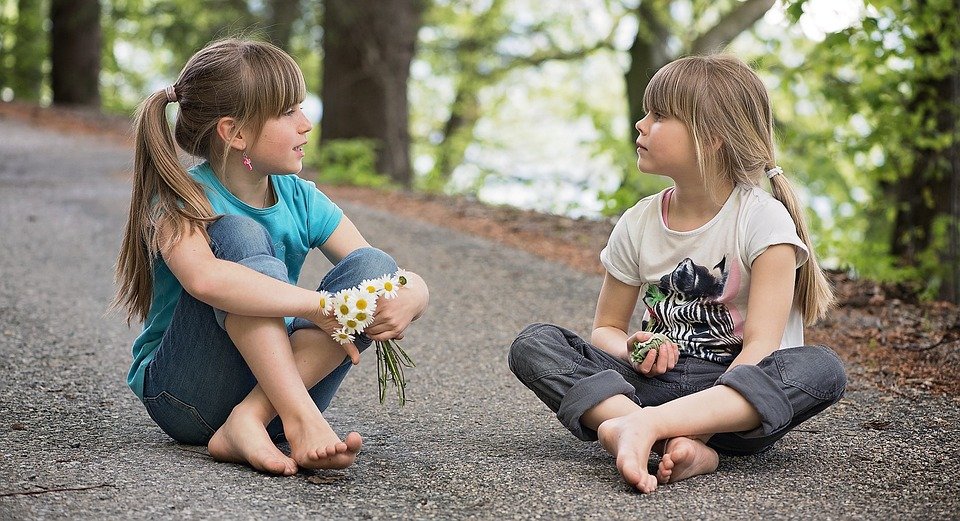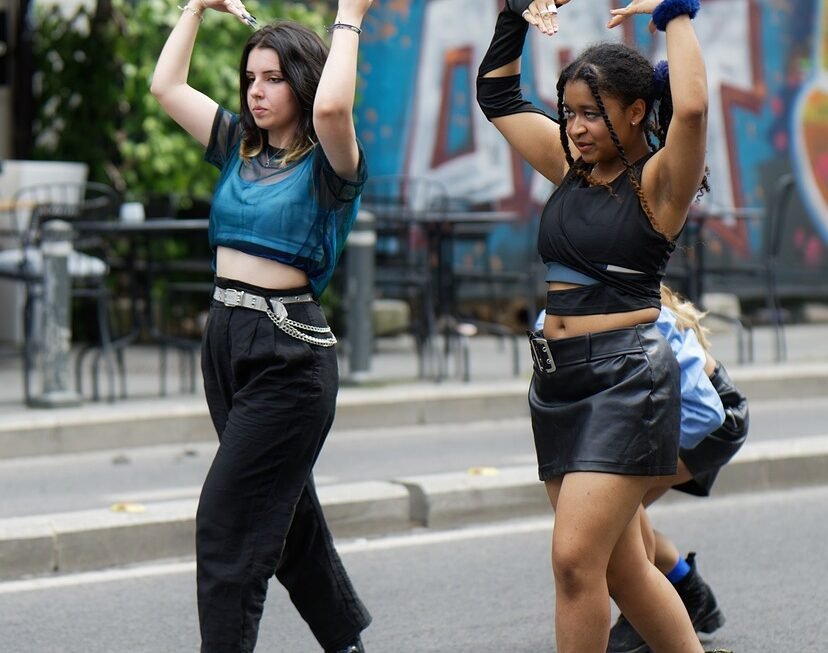
Television has always been a powerful medium for engaging audiences and telling stories. However, in the age of social media, the way we watch TV has been revolutionized. Platforms like Twitter and Instagram have become essential tools for TV viewers, allowing them to connect with other fans, interact with their favorite shows, and provide real-time commentary and feedback.
Twitter, in particular, has become a hub for TV discussion and live-tweeting. Viewers can follow along with hashtags related to their favorite shows, providing a sense of community and camaraderie as they watch together. It has also become a way for fans to engage directly with actors, writers, and producers, who often participate in live-tweeting events and Q&A sessions.
Instagram, on the other hand, has become a visual platform for TV fans to connect. Many TV shows have official Instagram accounts where they post behind-the-scenes photos, sneak peeks, and other exclusive content. Fans can also use Instagram to share their own reactions and fan art, further enhancing the sense of community around a TV show.
The integration of social media into the TV-watching experience has had a profound impact on the way we consume and engage with content. Viewers now have the ability to instantly share their thoughts and reactions with a global audience, making TV-watching a more interactive and participatory experience. It has also allowed for a more direct line of communication between fans and creators, giving viewers a voice in the development of their favorite shows.
In addition, social media has become a powerful tool for TV networks and advertisers to reach audiences and promote their content. By leveraging the vast reach and engagement of platforms like Twitter and Instagram, networks can generate buzz and excitement around their shows, leading to higher viewership and engagement.
Overall, social media has transformed the way we watch TV, turning a traditionally passive experience into a dynamic and interactive one. As platforms like Twitter and Instagram continue to evolve and grow, the relationship between TV and social media will only become stronger, further shaping the future of television viewing.



